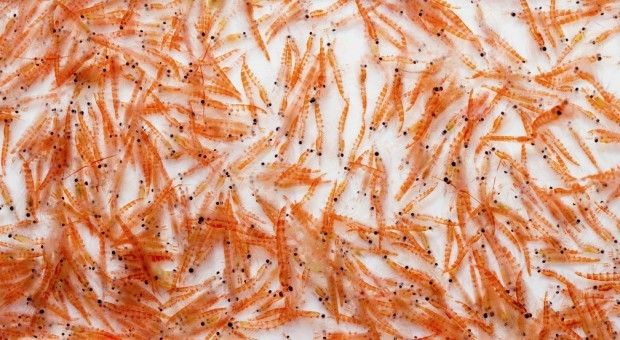How Aker BioMarine’s Direct-to-Consumer Omega-3 Index Campaign Can Benefit Entire Omega-3 Industry: SupplySide West 2017 Report
The company says its Omega-3 Index DHA and EPA testing campaign is a way “to raise awareness of the essentiality of EPA and DHA.”
Photo © iStockphoto.com/Tenedos

At SupplySide West 2017, Aker BioMarine (Oslo, Norway) emphasized the concept of personalized nutrition with its ongoing Omega-3 Index Project. Attendees visiting Aker BioMarine’s trade show booth were invited to take the do-it-yourself blood test to measure their DHA and EPA omega-3 levels and to compare those levels with global averages. According to Nils Hoem, MSc, PhD, chief scientist, Aker BioMarine, the campaign is a way “to raise awareness of the essentiality of EPA and DHA” among consumers at large.
Here’s how the test works: Consumers administer the test (using a small, finger-pricking device), return the blood sample via mail, and simply await the test results. According to the company, a result of 8%-12% EPA and DHA in the red blood cell fatty acids is associated with better overall health and a lower risk for premature death, while a result of less than 8% puts participants in the risk zone.
Hoem told Nutritional Outlook at the show that the campaign, which examines DHA and EPA levels in red blood cell membranes, is the perfect way for consumers to gauge whether they have adequate levels of omega-3s. While other testing options exist, Hoem said, those methods have a major shortcoming. “The problem is, if you had a meal of salmon yesterday, that would greatly influence the measurement. We’ve been searching for a way to tell how much you have in your plasma that is reliable and not very influenced by your last meal. The omega-3 index is exactly that.”
The goal of the new campaign, Hoem said, is to help consumers to become more aware of how important optimal levels of DHA and EPA omega-3 are for overall health-an awareness which can only benefit the entire omega-3 industry. In addition, he said, the campaign “helps us understand what the status is among a larger proportion of the population…and teaches us something about the expected variability.”
While thousands of people have already taken the test, Hoem said, the company is focused on continuing to spread the awareness about EPA and DHA omega-3s-not only among the traditional omaga-3 consumers, but also for athletes and expectant mothers. Athletes, in particular, have “systematically low” levels of DHA and EPA omega-3s, he said, while women who are pregnant may also have lower levels. “In my view, during pregnancy, it’s important that women get enough EPA and DHA, and the same for lactating mothers. The fetus extracts DHA from the mother and the fetus is prioritized…but that leaves the mother undernourished. So, that’s really quite important.”
Hoem noted, however, that not all omega-3 sources are created equal. “Phospholipids are what your cells are made of,” Hoem explained. “Our [krill] oil, the dominant carrier of EPA and DHA, are fatty acid phospholipids.” According to Hoem, these phospholipids are more bioavailable, that’s why the company’s high-concentrate Superba Boost krill oil ingredient, for instance, which launched last year, has an advantage. Superba Boost contains more than a 56% concentration of phospholipids, as opposed to the 40% phospholipid concentration found in typical krill oils. Hoem added that there are currently new products in the pipeline featuring Superba Boost. “I think we should expect more and more re-sellers of krill oil to go [the higher concentration] of Boost.”
Also read:
InnoMag Names Aker BioMarine Norway’s Most Innovative Business
HHS announces restructuring plans to consolidate divisions and downsize workforce
Published: March 27th 2025 | Updated: March 27th 2025According to the announcement, the restructuring will save taxpayers $1.8 billion per year by reducing the workforce by 10,000 full-time employees and consolidating the department’s 28 divisions into 15 new divisions.










